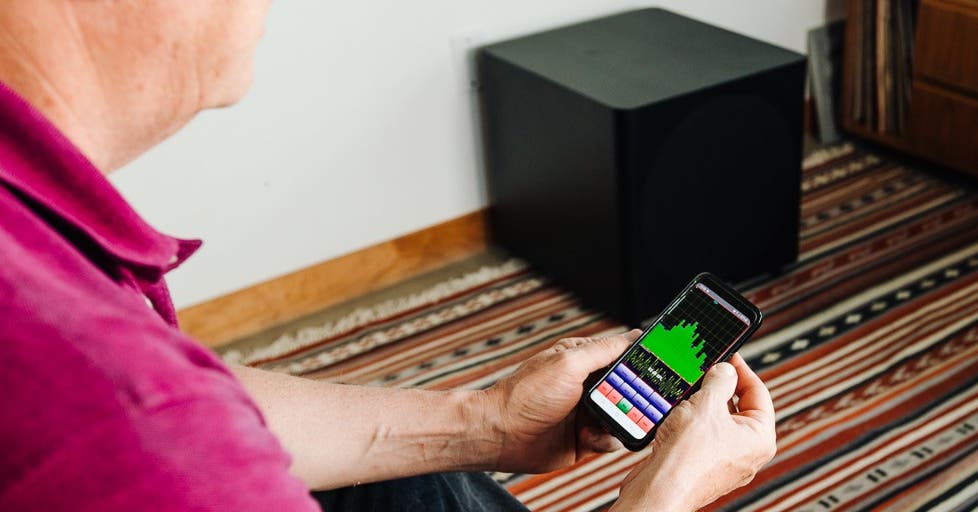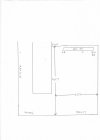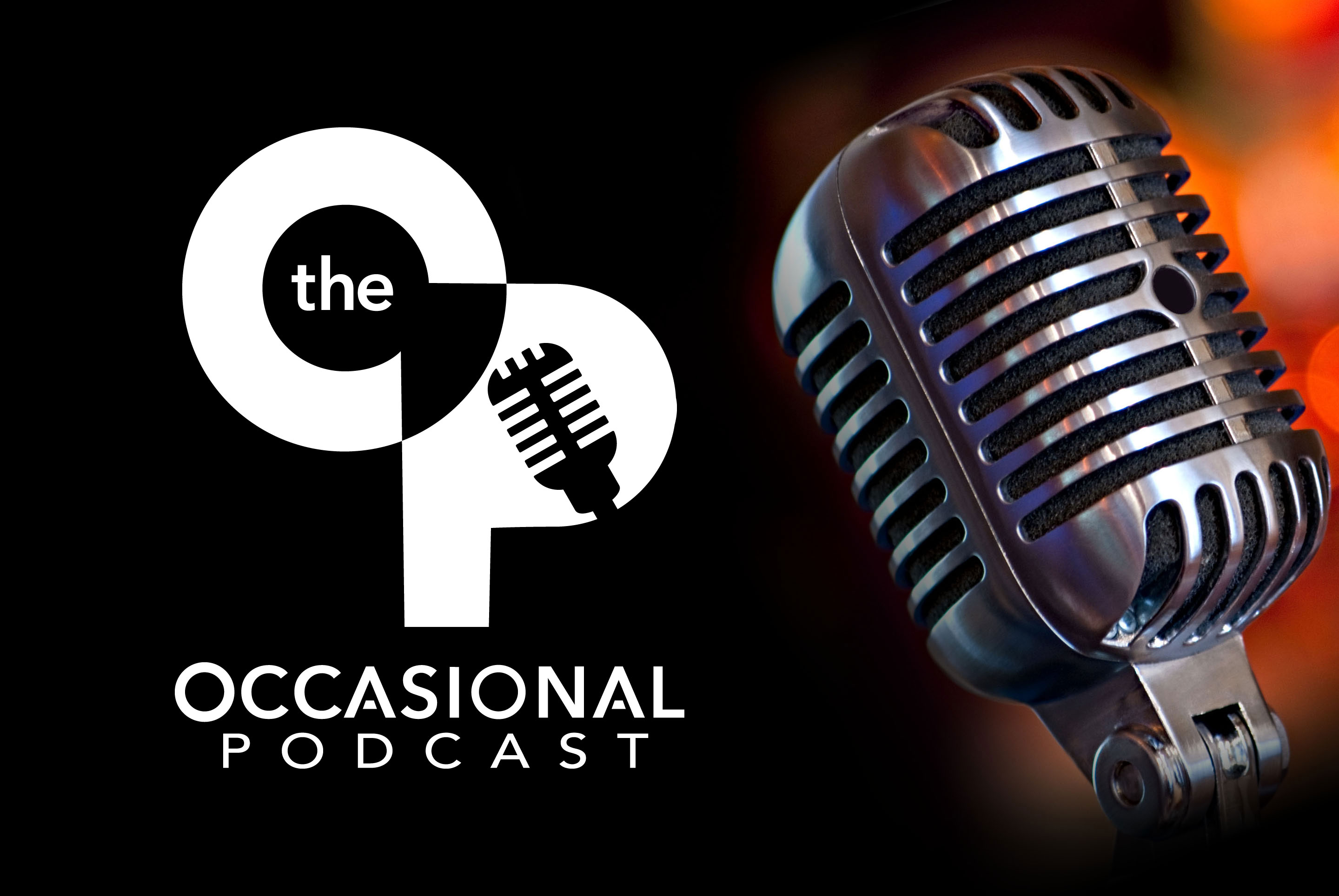Adding my two cents on the subject after fiddling with my first sub woofer. Do note that this particular method is when you let the AVR do bass management. Some modern sub woofer brands let you electronically manage this from the plate amplifier controls on the sub woofer. Sub woofer connected using LFE input.
I am doing this on a old Denon 3312 AVR so some parameters while not labeled the same on other brand of receivers, can relate or match to something similar on your AVR settings. I had the sub woofer set to ON and not to Auto Stand by, as the sub woofer would switch off when the input voltage was too low from the LFE feed from the AVR.
My speakers are an old pair of B&W DM308 floor stands, a CC3 center channel and a Welling WS8 sub woofer. I do not have surround speakers.
I had my sub woofer gain set to the 12am position and the High Cut or Crossover set to max or 150Hz. Many have suggested this approach and its a good way to start.
I let Audyssey do its thing and then changed some parameters on the AVR later to over ride what auto calibration had done. My main speakers are crossed over at 60Hz (They can play down to 48Hz) and Center channel at 80Hz.
Denon AVR's allow for some finer control for bass under a category called "Bass" or "Bass Management" with parameters called Sub Woofer Mode and LPF for LFE. I set the former to LFE + Main and LPF for LFE at 80Hz. That is the lowest it goes for me. I did want my main speakers to handle some low frequency cause I know they can.
Audyssey set the sub woofer gain on the AVR at -10.5db. That's just 2 points above the lowest level, -12db.
My reference tracks were Oblivion for movies and Pearl Jam's Not for you and Nothingman track from the album Vitalogy. Both these tracks are not the best for exploring bass but they have enough bass on them to know if your sub is set up right. For me, it was familiarity with the movie and music that made me use these are reference tracks. You want to spend time listening.
When I first hit play, I was a disappointed. I could not hear the sub playing in the room. I tried to convince myself it was indeed playing but it was not. I checked the sub woofer driver and it was indeed vibrating. Just not audible, even if I turned up the gain a little more. I had left the gain at the 2pm mark. I then flipped the Phase to Reverse and wolla, we have bass. Now I could hear the sub but it was making its presence felt a bit too much. Ideally, it should disappear in the room, especially with music. Movies do have their dedicated .1 sub bass sound track which plays deep. This was audible too now. I slowly dialed the gain down a bit. It is closer to the 1pm mark now. I've not hit the sweet spot but I know I am close to it. A tiny bit further reduction in gain is probably all thats needed. Experiment with the sub woofer gain control and try with a wide range of music. Its alright if you want the sub to play louder at times, just don't let it take over the bass frequencies cause then it starts to boom and bloat. No harm in turning it up for some fun with movies.







